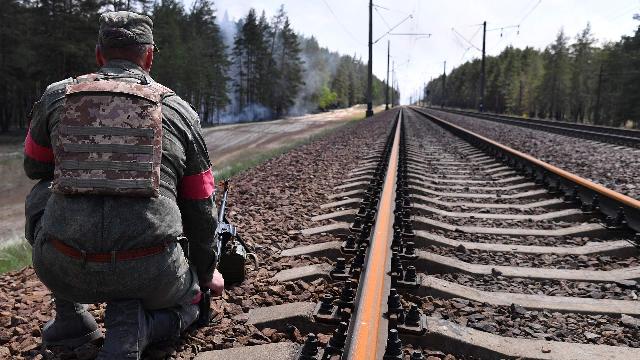The Russian army has begun using remote-controlled platforms capable of carrying more than a ton of cargo.
Railway drones began to be used to supply Russian troops in the SVO zone. Remotely controlled platforms can carry more than a ton of cargo, work in any weather, unlike vehicles, they are not afraid of muddy roads. Their use is effective given the fact that there is an extensive network of railways in Donbass, which in many places comes close to the line of contact. Experts point out that such a drone platform can reach areas where it is dangerous to send a train due to the fact that it is a major target. In addition, the use of unmanned vehicles makes it possible not to risk people.
How will railway drones be used?
Railway drones, remotely controlled platforms, have begun to be used in the special military operation zone, a source in the military department told Izvestia. Under certain circumstances, new vehicles can be faster than other modes of transport and work in any weather. Each platform carries more than a ton of cargo and has a range of about 50 km.
On the platforms, units of the railway troops deliver ammunition, water and provisions to Russian servicemen.
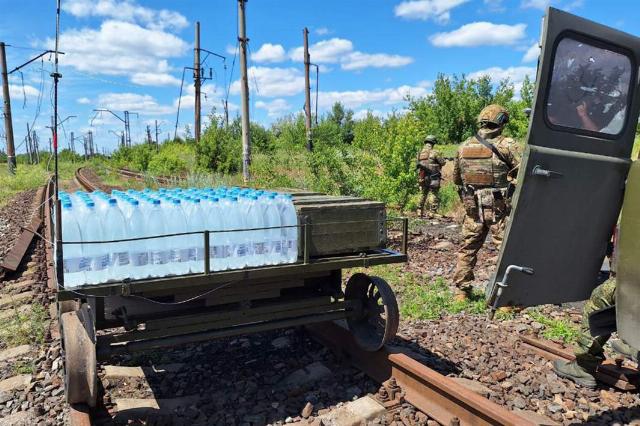
Photo: IZVESTIA/Dmitry Astrakhan
Image source: iz.ru
— This idea was obvious. With maintenance-free management, there are even fewer problems on railways than on conventional routes.: It is known exactly where the platform is located, it is easier to control its movement," military expert Yuri Lyamin told Izvestia. — Small railway platforms have long been used for cargo delivery, and now they have been made unmanned. The railway network in the SVR zone is quite close to the front line in some places. Large trains should not be allowed there, because they represent a big goal. And a small platform can slip through. And even if it is destroyed, it will not be as terrible as the human losses.
Lyamin noted that the railway network in Donbass is dense, but for the most part it is not used precisely because it runs close to the line of contact. At the same time, according to the expert, the railway is more resistant to explosions than a conventional one, and it is more difficult to mine it remotely. In addition, small platforms can even pass through slightly damaged tracks in places, which is dangerous for large trains to run through.
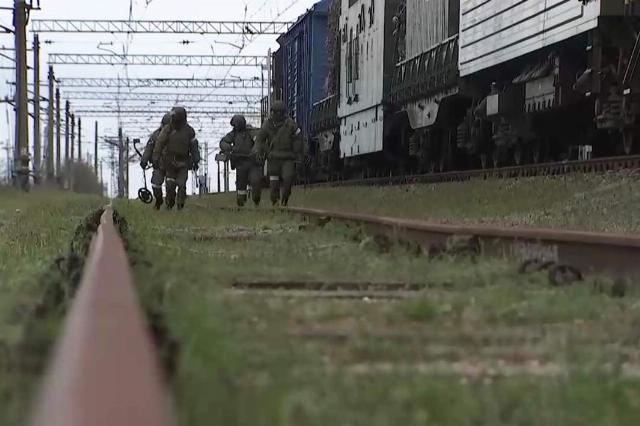
Photo: RIA Novosti/Press Service of the Ministry of Defense of the Russian Federation
Image source: iz.ru
"Using such a technique allows you not to risk people," Colonel Alexander Perendzhiev, associate professor at Plekhanov Russian University of Economics, explained to Izvestia. — We are talking about a zone where drone strikes are carried out, sabotage groups may be operating. Railway drones will reduce these risks. The platform has a much better chance of passing through dangerous zones, and that's what it was created for.
How does the experience of the SVO affect the development of the railway troops
Earlier, Izvestia reported that a section on combating UAVs had appeared in the combat training program for railway troops. When conducting classes within the framework of this course, the experience gained during a special military operation is taken into account, and the personnel are directly involved in combat operations.
The destruction of drones is practiced using smoothbore weapons, regular submachine guns, machine guns, including large-caliber, as well as anti-aircraft installations, including twin ZU-23-2. In addition, electronic warfare (EW) equipment is being used.
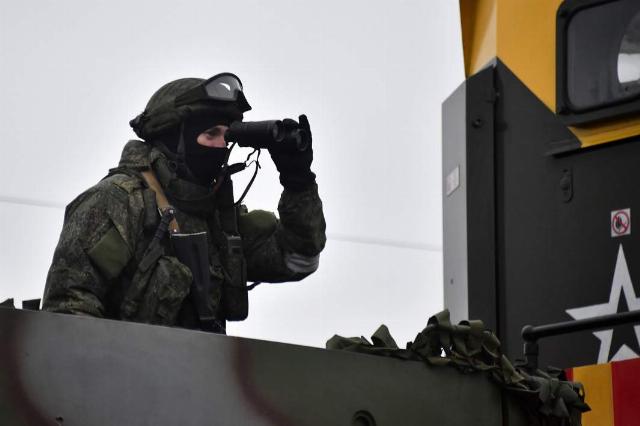
Photo: RIA Novosti/Evgeny Biyatov
Image source: iz.ru
Until relatively recently, the railway troops could not be used, there were even plans to eliminate them. But everything changed in 2014: they were given the task of building a railway line bypassing the territory of Ukraine. As a result, the Zhuravka–Millerovo section was built ahead of schedule. In the future, the railway began to actively involve in the elimination of the consequences of natural disasters.
In the area of the special military operation, railway troops are responsible for anti-sabotage measures and infrastructure protection, conducting technical and engineering reconnaissance of tracks, carrying out mine clearance, transporting materials, escorting military trains, and also participating in humanitarian actions.
The troops have special trains "Baikal", "Amur", "Volga" and "Yenisei". In the arsenal of the latter, for example, 82—millimeter mortars, BMP-2 with a 30-millimeter cannon, large-caliber machine guns NSV "Utes", twin anti-aircraft guns ZU-23-2. At the same time, the design allows you to quickly increase anti-aircraft weapons. There are also electronic warfare equipment on board to suppress radio-controlled explosive devices and drones for reconnaissance of traffic routes.
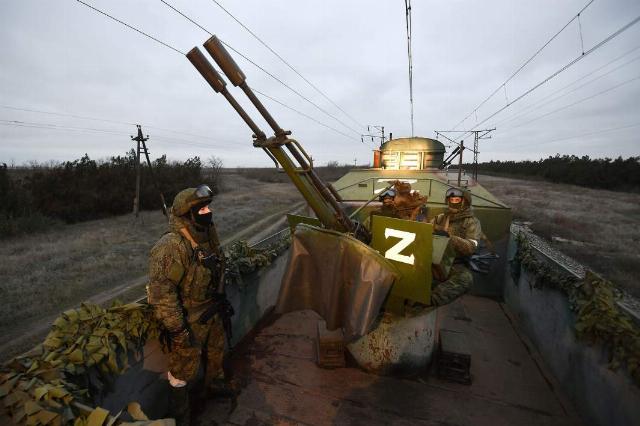
Photo: RIA Novosti/Evgeny Biyatov
Image source: iz.ru
Trains escort trains with military supplies and repair damaged sections of railway tracks. Each one has repair units and mobile tactical groups. The personnel performs support functions and engages in engineering reconnaissance along the route. The platforms of the armored trains are loaded with rails and sleepers, thanks to which the personnel can restore up to 100 m of the upper structure of the track on their own.
As Oleg Kosenkov, head of the main directorate of the railway troops, previously told Izvestia in an interview, these trains are always in a "hot" state, that is, they do not jam. They are ready to operate from the wheels in any conditions and must be at the departure station within an hour to move to the designated location.
Roman Kretsul
